Bunny Hopping
Have you ever wondered why rabbits hop instead of walking like most other 4-legged animals? Other than kangaroos, frogs, and a few mountain dwelling animals, it’s rare for flightless mammals to hop around for mobility. So why do bunnies hop?
As prey animals, rabbits have evolved many specific attributes to both assist them in evading predators, and to further the species’ chances of survival. One example of an evolutionary advantage for the species, but not particularly for the individuals, is in how quickly and frequently rabbits can procreate.
The faster an animal is able to sustainably reproduce, the more likely it is that their genes will be allowed to proliferate. This doesn’t set each rabbit up for success, but it does help keep the species alive, and means that the genes of those quickly reproducing rabbits will be allowed to continue influencing future gene pools.

One of the most prominent survival tools in an individual rabbit’s arsenal, however, is its specific and useful style of mobility. Hopping.
How High Can a Rabbit Jump?
On average, a healthy adult rabbit can jump to heights of around 2 feet (60 centimeters) or more, and some larger breeds have been known to leap even higher. Their exceptional leg muscle strength, along with their elastic tendons and agile hind limbs, allows them to achieve these remarkable jumps.
These natural leapers use their jumping skills for various purposes, including escaping from predators, reaching food sources, or exploring their surroundings.
While rabbits’ jumping ability will vary from one rabbit to another, it's clear that nearly all rabbits are well-equipped for vertical mobility, and their remarkable hops are a testament to their agility and evolutionary adaptations.
The full height to which a rabbit can jump can vary significantly depending on the individual rabbit's breed, size, and physical condition, though all hares, and all but one known species of rabbit incorporate a hop in their mobility.
What Rabbits Don’t Hop? The Sauteur D'Alfort Rabbit
The only rabbits that don’t hop are a French breed, known as Sauteur D'Alfort rabbits, and this is due to a selective genetic mutation affecting their spines, that makes them walk on their front legs, and leaves them unable to hop.
Why Do Bunnies Hop?

Rabbits Hopping to Evade Predators
In the wild, rabbits have numerous predators, from foxes to birds of prey, that are constantly on the hunt. Hopping helps rabbits escape these threats more effectively. Their quick, unpredictable movements make them difficult to catch, and their rapid changes in direction while hopping are a clever adaptation to evade their predators.
Furthermore, hopping enables rabbits to navigate through rough terrains like dense vegetation or uneven ground, areas where a rapid, unpredictable motion is more advantageous than a continuous run.
Rabbits Hop for Energy Efficiency
Another one of the primary reasons rabbits hop is because it is an incredibly energy-efficient mode of movement. Rabbits are designed for short bursts of speed when escaping predators or foraging for food. Hopping allows them to cover ground quickly while expending minimal energy.
Unlike continuous running, which can be exhausting for small mammals, hopping involves using the elastic energy stored in their leg tendons. When rabbits push off the ground with their powerful hind legs, they store energy in these tendons and release it in the next hop.
This energy-efficient system allows rabbits to maintain high-speed bursts when needed, conserving their precious energy for survival.

Bunny Hopping as Communication and Mating Rituals
Rabbits also use hopping as a means of communication. During the mating season, males perform hopping displays as part of their courtship ritual. They leap into the air, twist, and turn, displaying their agility and strength.
This helps them attract a mate by showcasing their vitality and fitness. It's a visually striking and effective way for rabbits to communicate their intentions and abilities.
Hopping Bunnies & Playfulness
Hopping isn't solely a functional behavior for rabbits; it's also an integral part of their playfulness. Rabbits are known for their playful antics, and hopping is one of their preferred ways to express joy and excitement.
If you've ever watched a group of rabbits in a spacious enclosure, you'll often see them hopping around, exploring their environment, and interacting with one another.
Rabbits in a happy and comfortable environment will often engage in spontaneous hopping, demonstrating their contentment and a sense of security. It's a behavior that reflects their overall well-being.

A Rabbit Jump is a Natural Instinct
Hopping is an innate behavior for rabbits. Even domesticated rabbits, which have been bred for various traits, retain this natural instinct. It is a part of their genetic makeup, deeply rooted in their evolutionary history.
The Anatomy and Physiology of Hopping Bunnies
The Muscles and Skeleton of a Hopping Rabbit
The key to understanding how rabbits hop lies in their musculoskeletal system. Rabbits have powerful leg muscles that allow them to generate force for their hops. These muscles, particularly the gastrocnemius and the quadriceps, are essential for propelling the rabbit off the ground and into the air.
The skeletal structure of a rabbit also plays a vital role in hopping. Their long hind limbs and elongated metatarsal bones act as levers, enabling them to push off the ground with force. In contrast, their shorter front limbs are adapted for stability and balance. The unique structure of their hind legs and the elasticity of their joints work together to maximize the efficiency of their hops.

Elastic Energy Storage
One of the remarkable features of a rabbit's hop is its ability to store and release elastic energy. Rabbits have tendons with high elasticity, such as the Achilles tendon, that store energy during the landing phase of a hop.
As a rabbit's hind legs contact the ground, these tendons stretch and store potential energy. When the rabbit pushes off to start the next hop, this stored energy is released, contributing to the explosive power of the leap.
This elastic energy storage and release system in rabbits is an energy-efficient way of moving. It minimizes the energy expended while allowing them to cover ground quickly and escape from predators effectively.
Nervous System and Coordination
The nervous system of a rabbit is finely tuned to coordinate the movements required for hopping. The brain sends signals to the muscles to contract in a coordinated fashion, propelling the rabbit forward. Rabbits have developed a strong sense of balance and coordination that allows them to maintain stability during rapid hops.
Rabbits also have a keen sense of proprioception, which is the ability to perceive the position and movement of their body parts. This is crucial for maintaining balance and ensuring that each hop is precise and controlled.

Metabolic Demands of Bunny Hopping
Hopping is an energetically demanding activity, and it places specific metabolic demands on a rabbit's body. To fuel their hopping, rabbits require a diet rich in energy sources, such as carbohydrates and fats.
Rabbits also need a constant supply of oxygen to support the energy-producing process of cellular respiration.
Rabbits have a well-developed cardiovascular system to efficiently transport oxygen and nutrients to their muscles during periods of intense activity. Their heart rate and respiration rate increase significantly during hops, ensuring that their muscles receive the necessary oxygen and nutrients.
Rabbit Hops: Adaptations for Speed and Agility
Rabbits have evolved to be both fast and agile, and their hopping behavior reflects these adaptations. They have a high muscle-to-body-mass ratio, which allows them to accelerate rapidly and reach high speeds.
Their lightweight skeletons reduce the energy required to lift their bodies off the ground, making them highly efficient hoppers.
The unique hop of a rabbit is a result of a complex interplay between physiology and anatomy. Their muscular and skeletal adaptations, elastic energy storage, coordination, and metabolic systems all contribute to their ability to hop with grace and efficiency.
Understanding these processes sheds light on the remarkable capabilities of these small, agile animals and how they have evolved to thrive in their natural habitats.
Jump Rabbit, Jump!

The charming hopping behavior of rabbits serves multiple purposes, from energy-efficient locomotion to escaping predators, communicating during mating rituals, expressing playfulness, and adhering to their natural instincts.
It's a fascinating and essential part of their lives, contributing to their survival and making them one of the most endearing animals in the animal kingdom. So, the next time you see a rabbit gracefully hopping around, you can appreciate the many reasons behind this enchanting behavior.
Some rabbits can move up to 50 miles per hour in short bursts, and leaping in the air is the fastest way to change direction mid-stride. When necessary, rabbits’ strong legs can also be used to kick predators in self-defense, or when defending their young, and they’ll often thump them on the ground to communicate a possible threat to the other rabbits in their colony.


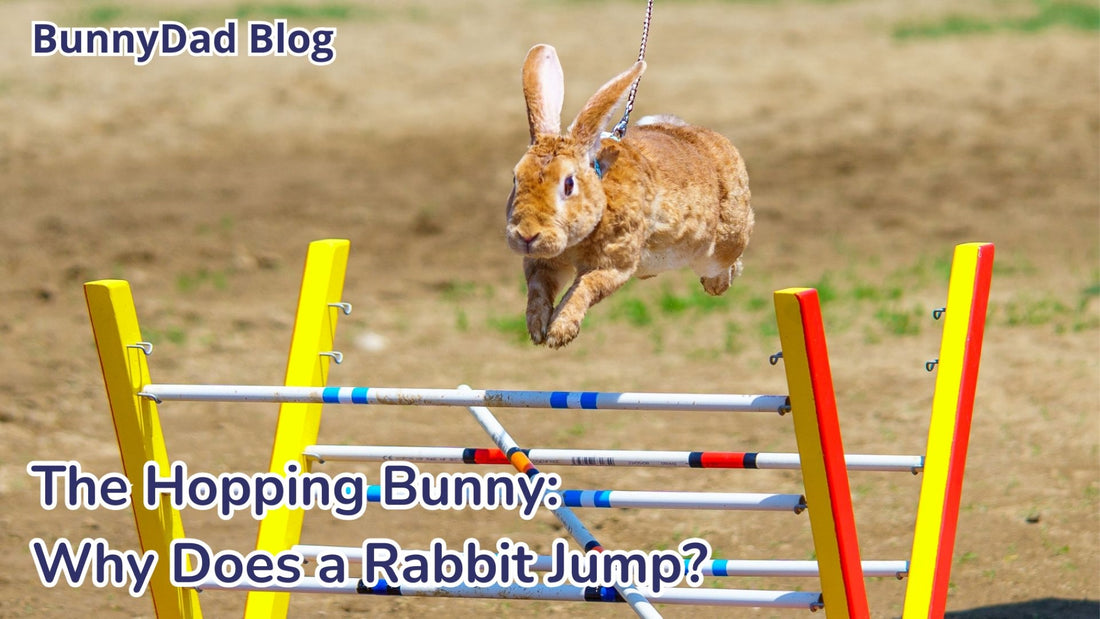








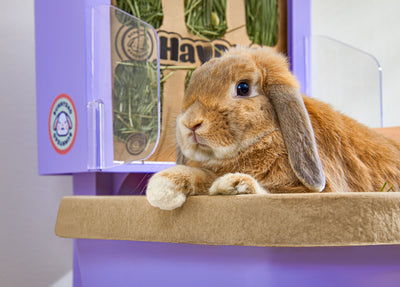





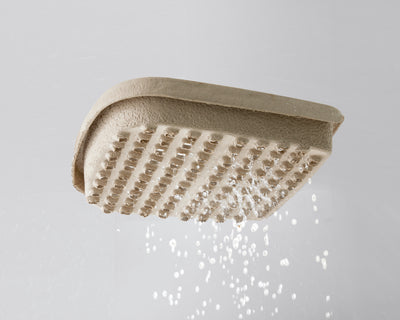












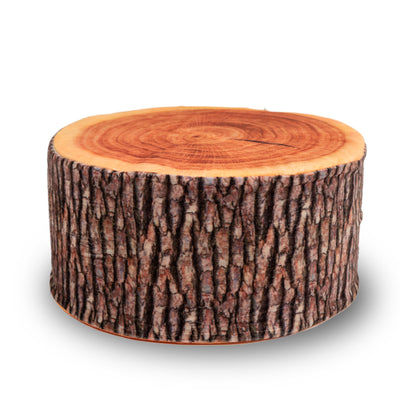
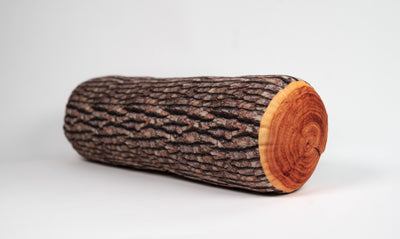
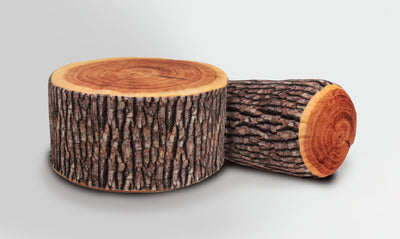
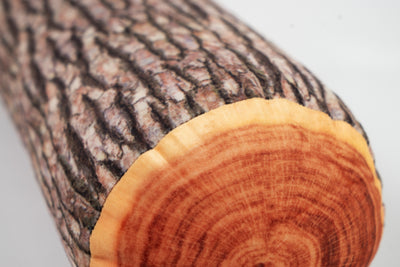
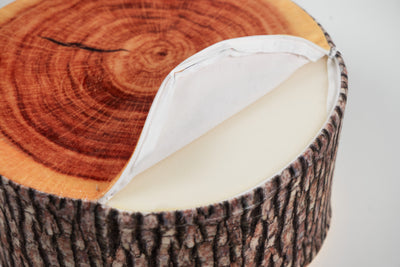
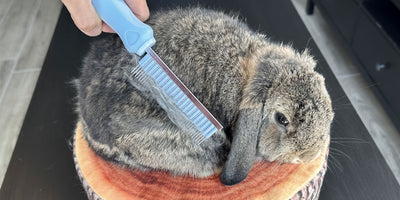
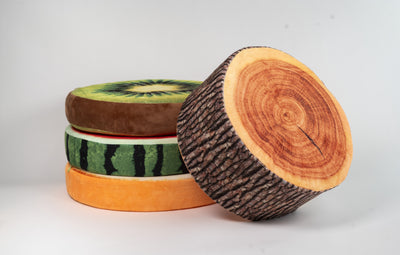
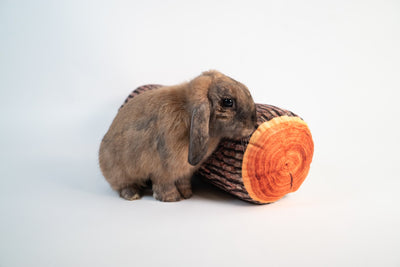
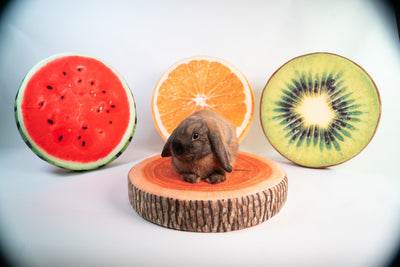

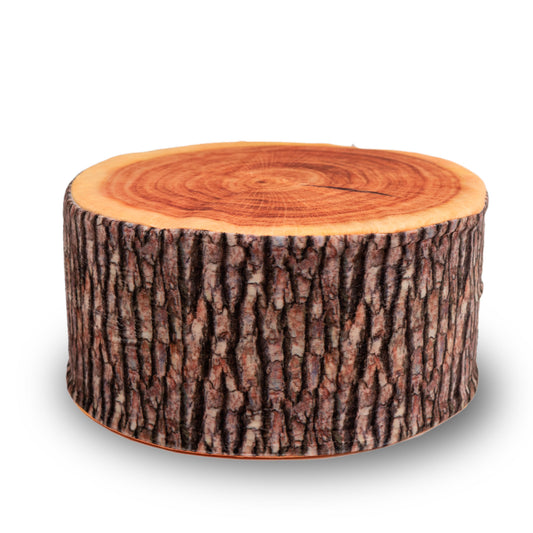

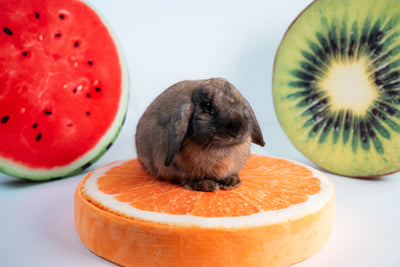




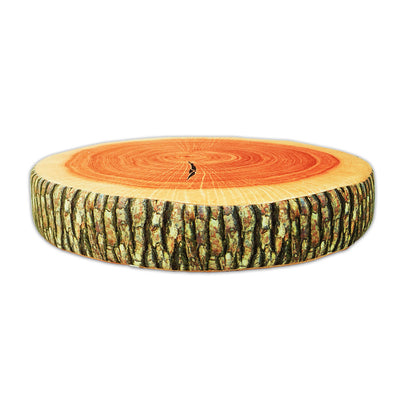



3 comments
If I buy 2 planters that are 30"hX15"square at the top, do you think the common yard bunny could get into them? Thank you.
I miss the fun daily information! Hopefully the blog makes a return this December!
So full of good information, I had to read it twice! Thanks.